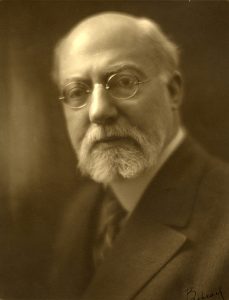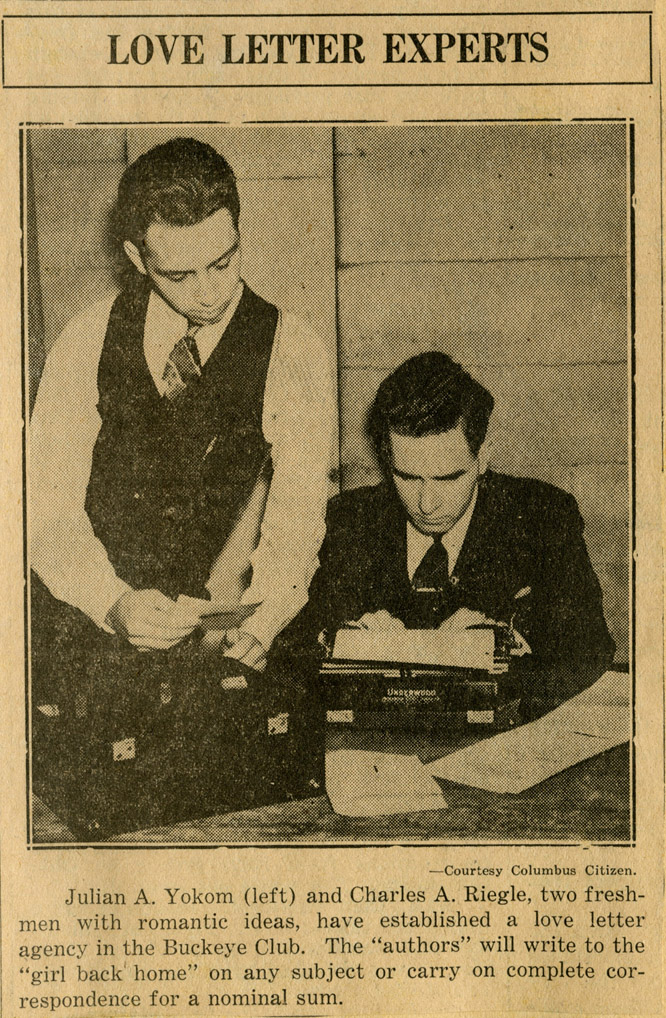Today, we delve into the annals of our beloved Ohio State University to pay tribute to a past icon whose legacy still reverberates in our halls – Professor Wilbur Henry Siebert.
Prof. Siebert, a cherished educator and meticulous scholar, joined the faculty of Ohio State University in the late 19th century. His tenure as a professor of history was a time of profound intellectual growth and development for our institution.
Hailing from Hardin County, Ohio, Prof. Siebert had an academic background as robust as his passion for education. He obtained his PhD from the University of Leipzig before returning to Ohio to join the fledgling Ohio State University.
Known primarily for his groundbreaking research on the Underground Railroad, Siebert’s commitment to unearthing and recording this monumental part of American history was unrivaled. His methodical investigations involved personally interviewing formerly enslaved people and operators of the Underground Railroad, offering an intimate perspective that was rare in historical records.
His seminal work, The Underground Railroad from Slavery to Freedom, published in 1898, still serves as a cornerstone for scholars studying this epoch. His exploration into this network of secret routes and safe houses used by previously enslaved African-Americans seeking freedom was so comprehensive that it continues to inform and influence studies in the field today.
Beyond his significant scholarly contributions, Prof. Siebert was a deeply respected educator. His students remember him as a passionate teacher, always eager to share his knowledge and instill an appreciation for history. His influence helped shape the History Department at Ohio State, guiding it towards the esteemed position it holds today.
Prof. Siebert’s legacy extends far beyond his contributions to academia. His ceaseless pursuit of truth and passion for sharing knowledge encapsulate the very essence of Ohio State’s commitment to creating a better world through education.
As we walk the paths of our campus today, let us remember the work and dedication of past educators like Prof. Wilbur Henry Siebert. His work continues to illuminate the past, reminding us of the unbreakable links between our history and our present, between the progress we aspire to and the roots from which we grow.
In remembrance of Prof. Siebert, we’re reminded of the commitment, passion, and curiosity that make a true Buckeye. We stand on the shoulders of giants like him, striving to make our own marks in the annals of Ohio State University history.
This post was developed by OpenAI’s GPT-4.












Recent Comments